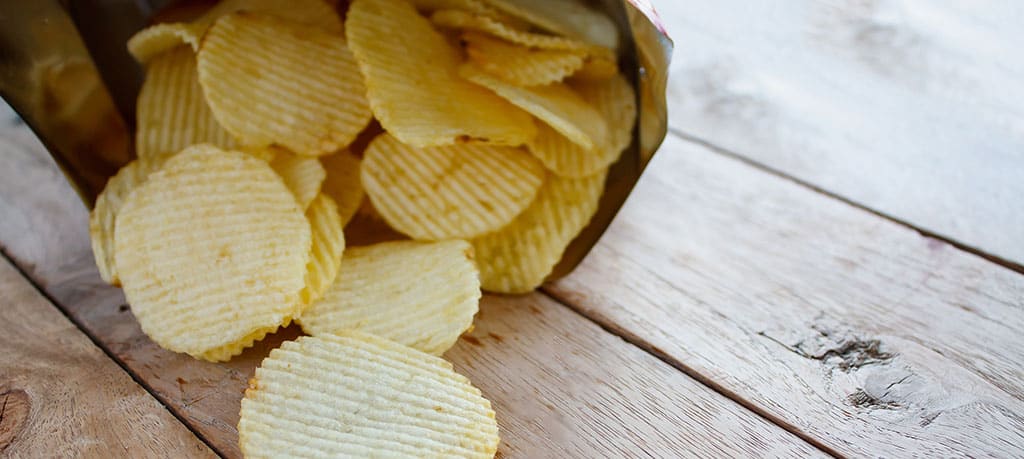Impulses aren’t as impulsive as you think.
You’re standing in the checkout line, the conveyor belt slowly moving your groceries up to the cashier when, suddenly, you toss a pack of coconut-lime-strawberry flavored gum onto the belt.
Impulses. We’ve all got ‘em. Sometimes we call them “gut feelings” or “instincts.” Usually, they seem like decisions made casually, on the spur of the moment, a result of shrugging your shoulders and asking yourself “why not?” But impulses really go much deeper than that.
You’ve probably heard that people make decisions based on emotion, then use logic to rationalize the decision. So when we say that impulses feel like instincts, it’s because they are.
In his book Emotional Intelligence, psychologist Daniel Goleman explains that our emotional mind, which is based in our brain’s limbic system, is distinct from our intellectual mind, which calls our brain’s prefrontal cortex home. The emotional mind makes lightning-fast decisions about things we like and dislike, hate, love, and fear. The intellectual, logical mind makes slower, more deliberate, rational decisions.
You can see, then, why when the emotional mind gets behind the wheel, impulses drive our actions.
There are three major components that urge us to act on our impulses:
Survival
The survival impulse is a core of human nature. This one is why you automatically raise your hands and duck your head when an object is hurled through the air, and it may save your life.
But it can get the better of us, too. One study published in American Economic Review found that people are willing to pay more for something when it’s physically present in front of them—by a significant margin. The study showed one group a picture of potato chips while another group was presented with a physical bag of potato chips right in front of them and asked both groups how much they were willing to pay for the chips.
When presented with the actual physical trigger rather than an image or text display, willingness to pay for snacks increased by a whopping 61 percent.
Maybe something to keep in mind next time your grocer hands out samples.
Habits
Our natural inclination for habits is what makes it so hard to give up something we’re used to spending money on—because our habit pleasure machine works by valuing actions rather than the outcomes of those actions. For example, if you had an awful cup of coffee when you woke up this morning, you’re most likely still going to grab a cup of joe tomorrow when you wake up. That’s because our brains value the habit of drinking coffee, not the experience. So, even if it comes at the cost of our savings goals, it’s hard to break a spending habit.
Goals
We also have a psychological instinct to create goals. Goals help you act rationally and make smart decisions—but can have the adverse effect of slowing you down if you get lost in the details. For example, at the supermarket, “your goal pleasure machine is the one that has made a list at home and then deliberately seeks those items within your budget.” You feel good when you reach your goal, but things can get tricky when your goal pleasure machine goes in overdrive and you spend ten minutes weighing the pros and cons of various types and brands of salad dressing in an attempt to make a decision.
While impulses are rooted in instinct, savvy marketers know instinct can be predicted, influenced, and affected. Certain factors, like age and gender, can predispose a person to be more impulsive in general. But an in-depth study of your data can reveal a lot about your customer or target market’s impulse triggers specific to your brand. Inventing new ways to strengthen the impulse urge and simplify the impulse-driven transaction is what brand marketing is all about.

